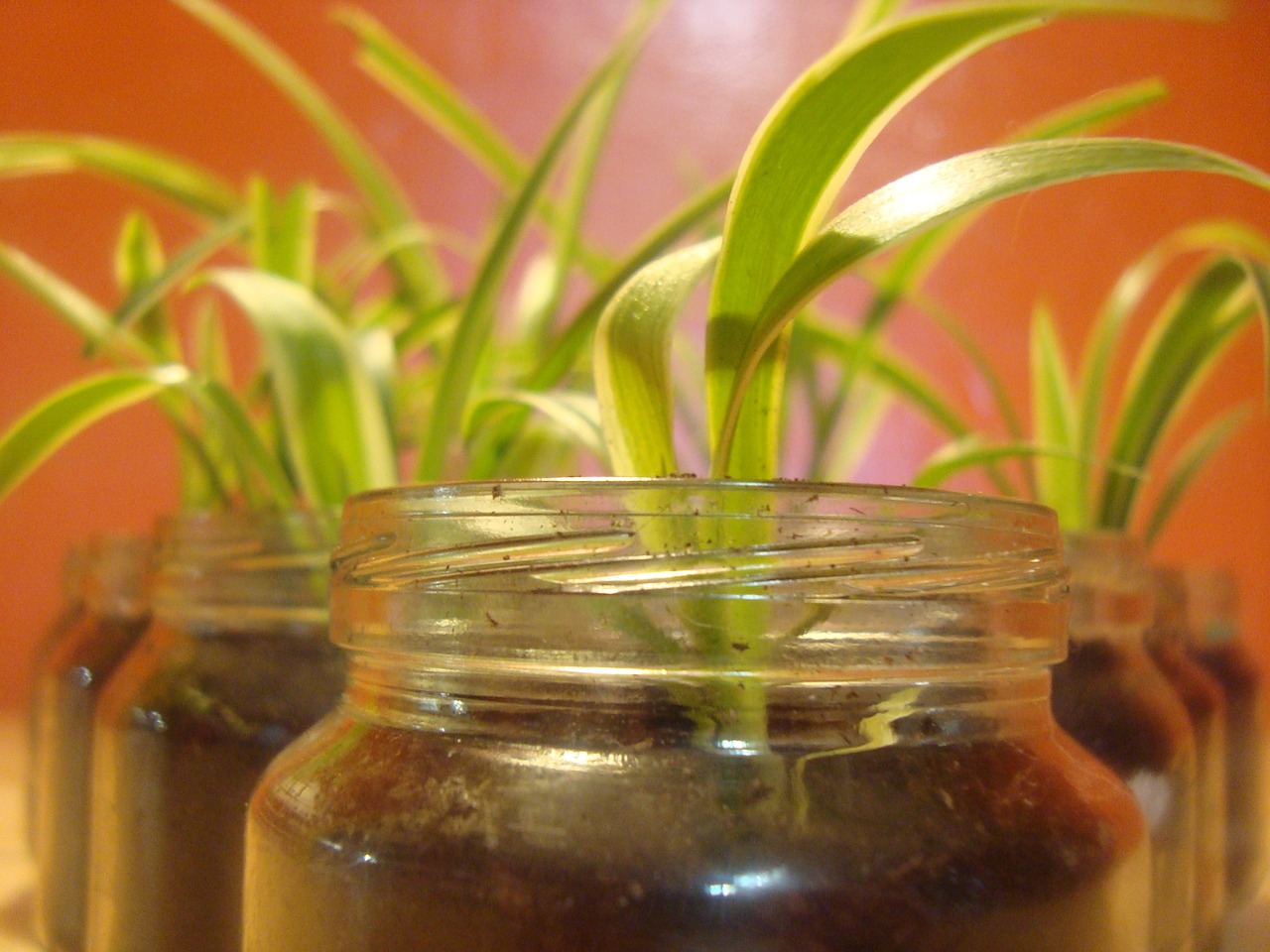Spider plants are such a delightful addition to any home! With their graceful, arching leaves and the way they effortlessly brighten a space, it’s no wonder they’ve become a favorite for both beginner and seasoned plant lovers alike. But, if you want your spider plant to grow strong and look its absolute best, there are a few care steps you’ll need to follow. Luckily, spider plants are quite forgiving, making them perfect for plant parents who are still learning. Let’s dive into these care tips to ensure your spider plant flourishes!
1. Provide Adequate Light
Your spider plant loves light, but too much direct sunlight can cause its leaves to scorch. You’ll want to place it somewhere it can bask in bright, indirect light. A spot near a window with filtered sunlight or a few feet away from a sunny window is ideal. This will keep the leaves vibrant and healthy, while preventing those unsightly brown tips. If you notice the leaves starting to fade or grow leggy, it’s a sign your plant may need a bit more light.
2. Water Properly
Watering can make or break your spider plant’s happiness. It’s so important to water just enough without drowning the roots. Make sure the soil is moist but not soggy. Let the top inch of soil dry out between waterings—this will help you avoid root rot. A moisture meter can come in handy, especially if you’re not sure when to water.
Keep your watering schedule on point with a reliable moisture meter. You’ll know exactly when your plant needs hydration, so you can avoid overwatering.
Buy a moisture meter on Amazon and never second-guess your watering routine again!
3. Maintain Humidity Levels
Although spider plants are quite adaptable, they appreciate higher humidity levels. If your home tends to be dry, especially in the winter months, you may notice the leaf tips browning. To counter this, you can mist your plant occasionally or even place it near a humidifier. Alternatively, grouping your plants together can naturally increase humidity.
4. Fertilize Regularly
Spider plants are not heavy feeders, but they’ll benefit from a little extra nourishment during their growing season. During spring and summer, feed your plant with a balanced liquid fertilizer every 4 to 6 weeks. This will encourage lush, green growth and those adorable little baby spider plants (also called “pups”). But be careful not to overdo it—too much fertilizer can lead to salt buildup in the soil, which may harm your plant.
5. Repot When Necessary
Spider plants are fast growers and can become root-bound rather quickly. You’ll know it’s time to repot when the roots start peeking out from the drainage holes or if the plant seems to be outgrowing its current pot. Typically, repotting every 1-2 years works well. Choose a pot that’s slightly larger than the current one to give the roots more room to spread out.
Upgrade your plant’s space with one of these chic ceramic pots that are not only stylish but also offer excellent drainage.
Buy ceramic pots on Amazon for an easy upgrade to your plant’s aesthetic and health!
6. Prune Regularly
Don’t be afraid to trim away any damaged or discolored leaves. Regular pruning helps your spider plant look neat and healthy. When the leaves start to look faded or crispy, simply snip them off close to the base. Additionally, trimming away old or dying leaves encourages the plant to put more energy into new growth, making it even more lush and full.
7. Control Pests
While spider plants are typically pest-resistant, they can occasionally fall victim to spider mites, aphids, or mealybugs. Keep a close eye on your plant’s leaves and stems. If you spot any small insects or sticky residue, treat the plant right away with insecticidal soap or a neem oil spray. Keeping your spider plant dust-free by wiping its leaves regularly can also help prevent pests from settling in.
8. Ensure Proper Temperature
Your spider plant will thrive in typical room temperatures, but make sure to keep it away from any cold drafts or overly hot areas like near heating vents. Ideal temperatures for spider plants are between 60-80°F (15-27°C). A sudden drop in temperature can shock the plant and lead to stress, so be cautious of any rapid temperature changes.
9. Propagate for New Plants
One of the most exciting things about spider plants is how easy they are to propagate! Those little baby spider plants (pups) that grow from the main plant can be snipped off and planted in their own pots. Simply place the pup in water or directly into soil, and within a few weeks, it will start developing roots. Soon enough, you’ll have a whole new spider plant!
10. Monitor for Signs of Stress
Spider plants are generally tough, but like all living things, they can sometimes show signs of stress. Keep an eye out for brown leaf tips, yellowing leaves, or wilting. Brown tips often mean the plant isn’t getting enough humidity or is being over-fertilized. Yellowing leaves could indicate improper watering or a lack of nutrients. Regularly checking your plant ensures you can catch any issues early and adjust your care routine accordingly.
Taking care of your spider plant is a rewarding experience that can bring so much joy into your home. With these easy tips and a little bit of love, your plant will thrive, offering you vibrant greenery and possibly a few baby plants along the way! Whether you’re adjusting its water intake or giving it a new ceramic pot home, you’ll see just how responsive and lively spider plants can be.

